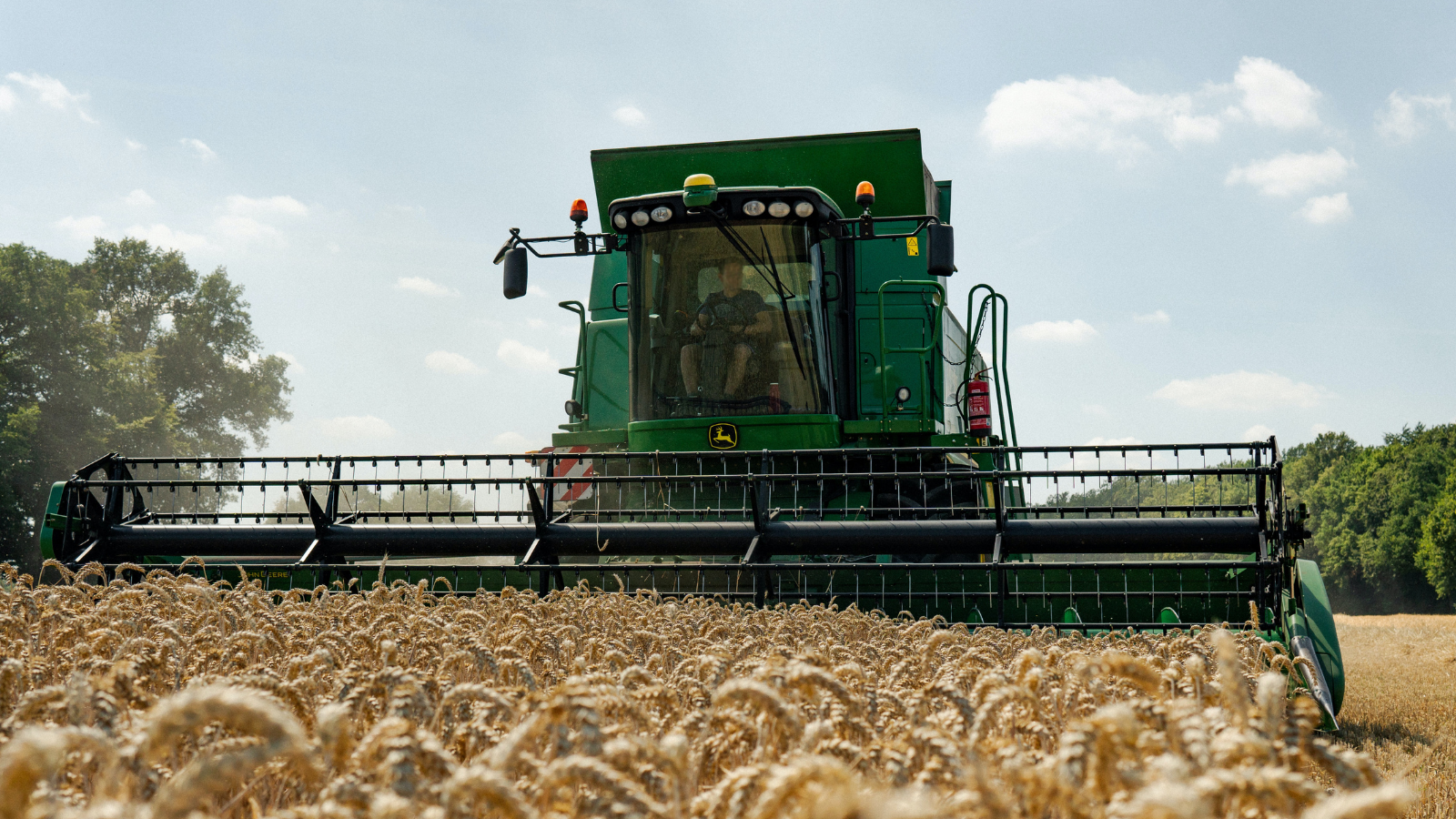
Raising Risk 2003
Field Testing of Genetically Engineered Crops in the United States
There are many potential risks associated with the release of genetically engineered plants into the open environment. And if field experiments are not properly monitored, genetic pollution can result, putting farmers' livelihoods, public health and the environment at risk. Thus our environment is serving as the laboratory for widespread experimentation of genetically engineered organisms with profound risks that, once released, can never be recalled.
Downloads
U.S. PIRG Education Fund
The technique of genetic engineering, particularly as applied to agriculture, is radical and new. Never before in the history of the planet have we been able to transfer genes across natural species barriers, creating unheard of combinations like tomatoes with fish genes, or even pigs with human genes. Contrary to assertions made by proponents of the technology, genetic engineering is not precise. Scientists cannot control the location where the gene is inserted into the host’s genetic code, nor guarantee stable expression of the gene in the new genetically engineered organism. As a result, genetic engineering raises a host of ecological and human health risks that the U.S. Department of Agriculture (USDA), Environmental Protection Agency (EPA) and other regulatory agencies have not adequately addressed. Despite this, field experiments with genetically engineered crops are being conducted in the open environment on tens of thousands of acres across the United States with little oversight and public notification.
There are many potential risks associated with the release of genetically engineered plants into the open environment. For example, plants engineered to produce proteins with insecticidal properties may damage the soil or harm so-called non-target species, such as the monarch butterfly. Plants engineered to be virus-resistant can cause new viral strains to evolve or make existing viruses more severe. And if field experiments are not properly monitored, genetic pollution can result, putting farmers’ livelihoods, public health and the environment at risk. Thus our environment is serving as the laboratory for widespread experimentation of genetically engineered organisms with profound risks that, once released, can never be recalled.
Field tests of genetically engineered crops are supposed to both determine the impact of the new crops on the environment and ascertain how well the plants function. However, USDA’s oversight of field testing of genetically engineered crops has been inadequate from the start. An independent analysis by the General Accounting Office in 1988 roundly criticized shortcomings in the regulations, echoing calls by prominent microbiologists, ecologists, and others that certain decisions were “scientifically indefensible.” USDA has continued to considerably weaken its oversight of the technology despite little empirical evidence on which to base such decisions. The agency has failed to require adequate data collection of field tests of genetically engineered crops, leading experts to conclude that this is a classic example of a “don’t look, don’t find” regulatory framework. And a recent examination of USDA’s oversight by the National Academy of Sciences found serious shortcomings, saying the agency at times “lacked scientific rigor, balance, transparency” and chastised the agency for “inadequate expertise.”
Key Report Findings
Raising Risk examines data regarding field tests of genetically engineered crops under USDA’s jurisdiction. From 1987 through 2002 inclusive:
• USDA authorized 15,461 field releases of genetically engineered organisms on 39,660 field test sites spanning 482,226 acres.
• Twelve states and territories hosted more than 1,000 field test sites. They are Hawaii (4,566), Illinois (4,104), Iowa (3,831), Puerto Rico (2,957), California (1,709), Nebraska (1,699), Pennsylvania (1,672), Minnesota (1,414), Indiana (1,256), Idaho (1,170), Texas (1,125), and Wisconsin (1,121).
• Ten states and territories hosted 30 or fewer field test sites. They are Nevada (0), New Hampshire (0), Vermont (0), Virgin Islands (4), Rhode Island (6), Alaska (8), West Virginia (13), Utah (19), Massachusetts (22), and New Mexico (25).
• The universities submitting the most requests to conduct field tests were Iowa State (103), University of Idaho (98), Rutgers (92), Stanford (62), University of Kentucky (62), University of Florida (57), Oregon State (56), Michigan State (53), North Carolina State (45), Cornell (35) and Purdue University (35).
• Monsanto submitted the most requests (3,309) to conduct field tests, or five times the number submitted by the next most active company. In a snapshot of the rapid industry consolidation among companies investing in genetically engineered crops, of the top 10 institutions applying to conduct field tests in 1995, seven have now merged into two companies (Monsanto and DuPont).
• USDA generally has served as a rubber stamp for requests to conduct field tests. USDA has rejected only 3.5 percent of applications; USDA denied these requests for reasons such as incomplete applications or other minor paperwork errors.
• The percentage of field tests being conducted with introduced genes considered to be Confidential Business Information has increased nearly every year, from 0 percent in 1987 to more than 69 percent in 2002.
• USDA authorized 333 field test sites of genetically engineered wheat.
• USDA authorized 344 field test sites of crops engineered to produce pharmaceuticals, industrial chemicals, or other so-called biopharmaceuticals.
Recommendations
Although nearly 40,000 field tests of genetically engineered organisms have been authorized under USDA’s system, USDA and other regulatory agencies have not adequately answered fundamental questions about genetic engineering and its implications for human health and the environment. Field tests of genetically engineered crops should proceed only under a thorough and comprehensive ecological framework designed to assess their full impact.
In order to make progress towards these goals, our leaders should enact a moratorium on the field testing and commercialization of genetically engineered foods and crops unless:
• independent safety testing demonstrates they have no harmful effects on human health or the environment;
• the public’s right to know about field tests is improved and any products commercialized are labeled; and
• the biotechnology corporations that manufacture them are held accountable for any harm they may cause.
Topics
Find Out More


Out to Pasture

The food we waste could end hunger


